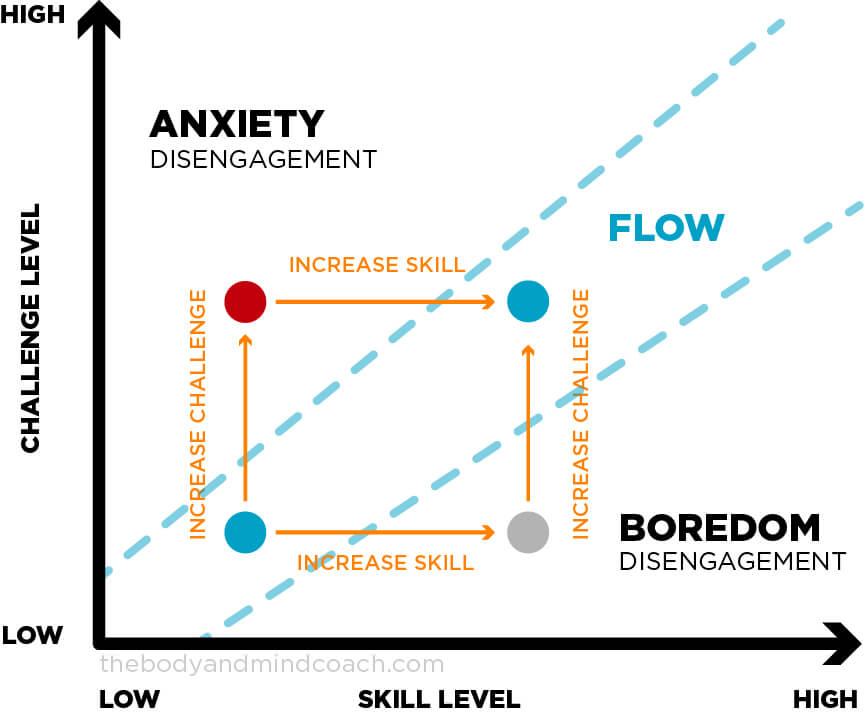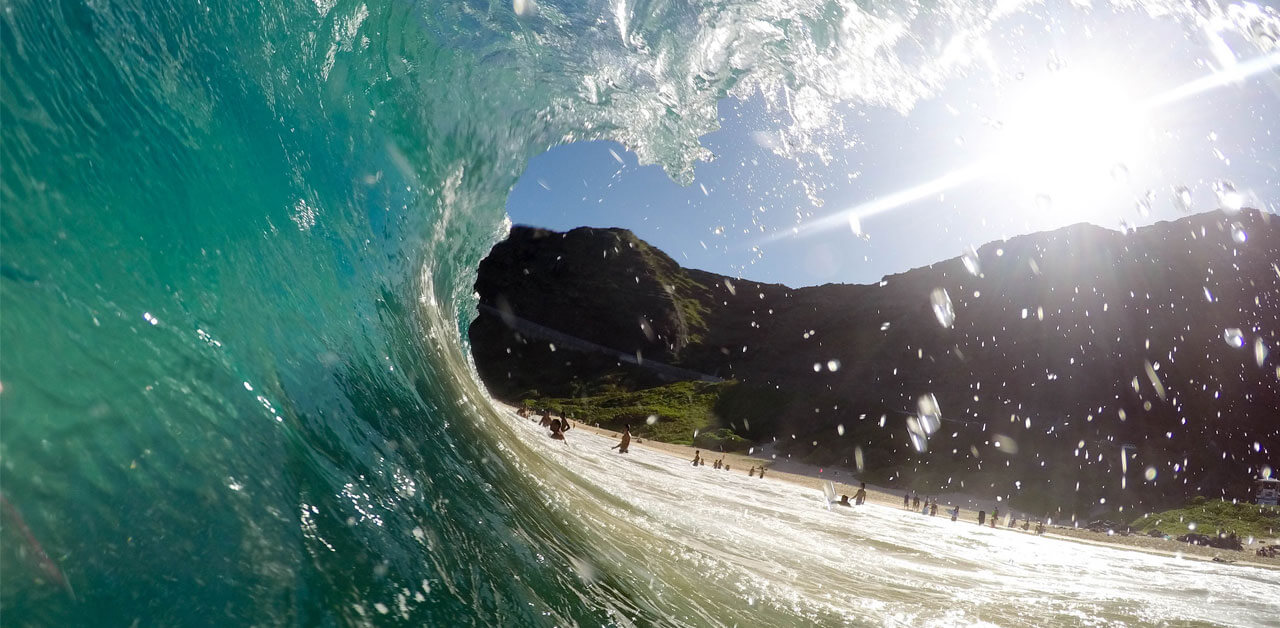In the previous article, we looked at the importance of reaching optimal performance for surfers. These episodes will be your step by step guide to improving not only your surfing but also your mental and physical health in general.
The first step in achieving what we want is a direction to aim for – a goal; but most importantly, we need the right strategy – a system.
Setting a goal usually starts with “what do you want to achieve?” but it should also come with the question “how much are you willing to do to achieve it?”. This brings us to our first key insight: goal setting is not only about choosing the rewards you want to enjoy, but also the costs you are willing to pay.
“What you don’t do determines what you can do.” – Tim Ferris
Goals are useful for setting the direction, but systems are great for actually making progress. The primary benefit of having a goal is that it tells you what sort of system you need to put in place. However, the system itself is what achieves the results.
WHY DO PEOPLE FAIL AT REACHING THEIR GOALS?
There are several reasons, here are some of them:
- People often don’t know what they want.
- They know what they want but don’t have a good strategy.
- Their goal is not meaningful enough.
- Challenges can discourage them.
- They don’t have enough confidence in themselves.
- Disciplines and routines are not their cups of tea.
- Some of their objectives are competing with each other.
- They don’t have a growth mindset.
Also, it is worth knowing that only 6% of the world population think strategically, 94% don’t. People who consistently achieve their objectives have a specific structure in their thinking.
Professional surfers and high-level athletes are excellent at strategizing. Their goals are crystal clear, time-defined, performed in small chunks and they know precisely how it will feel to win the game.
So let’s have a look at how they do it.
6 STEPS OF SUCCESSFUL GOAL SETTING FOR SURFERS
Step 1: Express your objectives
Formulate your goal in a specific way that is very clear and concise. Your sentence has to make total sense. Make it sound like an elevator pitch. Example: I would like to improve my mental and physical performance to enjoy surfing better and more often.
Step 2: Specify how you will know when you have achieved it
Answer it with “when I will FEEL…”. This is a crucial point. Knowing how it will FEEL to be in optimal performance and understanding the emotions that you will be experiencing is what you need to keep in mind while going through the different practices and processes. This is your go-to point when you want some extra motivation.
Step 3: Define your resources
Which of the resources you already have available could you use to achieve your result? Time, access to information, gym membership, smartphone health apps, strong fitness foundations, fast learning abilities, a supportive partner, a coach… Highlighting your resources will help you realise that you have everything that you need to get started.
Step 4: Set a finish-line
When do you want to achieve your goal? This has to be a specific date in time. Make sure you set a goal that is challenging enough, but not too much. You wouldn’t want to fall into worry or anxiety, nor into boredom if your deadline is too far in time. Self-induced pressure is okay as long as it keeps you engaged and not stressed.
Use the chart below to measure your challenge level vs skill level.
Let’s say for example that you would like to become better at surfing in 3 months. How challenging do you think this is from 1 to 10?
Now, how confident (skill level) are you in reaching it from 1 to 10?

BUILDING YOUR SYSTEM
The first step in building a good system is to improve your time management.
Step 5: Getting rid of distractions and what’s not necessary for your life
- How can you optimise your days/weeks to have more time for your optimal performance practices?
- What are the things that you should stop doing to free some time?
- Think daily, weekly, monthly and quarterly.
Step 6: Start planning
If you are an active surfer (having a professional activity besides surfing), you probably have a few small windows during the day that you can use wisely. Make the conscious decision to dedicate a couple of hours a week to your new practice.
Mine are during the early hours of the day, before dawn, and I will be telling you about them next week.
Summary:
- To successfully achieve your objective you need both clear goals and a solid system.
- Goals are about the short-term outcome while systems are about the long-term process and at the end, the process always wins.
- Follow the six steps to successful goal setting.
